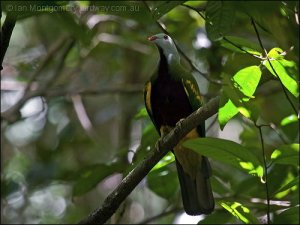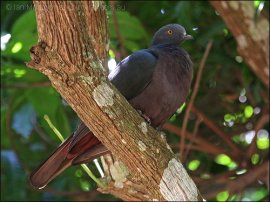And when eight days were accomplished for the circumcision of the child, his name was called JESUS, which was so named of the angel before he was conceived in the womb. And when the days of her purification according to the law of Moses were accomplished, they brought him to Jerusalem, to present him to the Lord; (As it is written in the law of the Lord, Every male that openeth the womb shall be called holy to the Lord;) And to offer a sacrifice according to that which is said in the law of the Lord, A pair of turtledoves, or two young pigeons. (Luke 2:21-24 KJV) (emphasis mine)
When hearing about the “Christmas Story.” as some call it, most of the time it is quoted from Luke 2. Remember that chapter also mentions Christ’s circumcision and dedication. The sacrifice to be offered for that occasion was a lamb or either a pair of turtle doves, or two young pigeons.
Mary and Joseph were not wealthy and they were allowed to bring “A pair of turtle-doves, or two young pigeons. The proper offering was a lamb for a burnt offering, and a pigeon or dove for a sin offering; but for the poor an alternative was allowed instead of the more costly present of a lamb, a second pigeon or dove might be brought. The deep poverty of Mary and Joseph is shown in this offering. They would never have put the sanctuary off with the humbler had the richer gift been in their power.” (Pulpit Commentary – emphasis mine)
“The fact that Joseph and Mary brought a pair of birds instead of a lamb shows that they were very poor. The gifts of the wise men were after this.” (People’s New Testament Commentary) At the nativity scene, many place the wise men, yet, Christ was a young child, not an infant when they, the wise men, arrived. It would have taken time for them to get there.
And when they were come into the house, they saw the young child with Mary his mother, and fell down, and worshipped him: and when they had opened their treasures, they presented unto him gifts; gold, and frankincense, and myrrh. (Matthew 2:11 KJV)
More could be said about the birth of Christ here, but for today, our Birds of the Bible are these two birds from the Columbidae Family. If I were Emma Foster or my author friend Sandra Conner, you would hear a tale from the birds point of view. But the best that comes to mind would be them having a conversation about the privilege of being the ones used as a sacrifice for the Son of God, in the flesh, who was their Creator. Of all the doves and turtle dove used as sacrifices over the many years, these two, if a bird could, felt very blessed.
For unto you is born this day in the city of David a Saviour, which is Christ the Lord. And this shall be a sign unto you; Ye shall find the babe wrapped in swaddling clothes, lying in a manger. And suddenly there was with the angel a multitude of the heavenly host praising God, and saying, Glory to God in the highest, and on earth peace, good will toward men. And it came to pass, as the angels were gone away from them into heaven, the shepherds said one to another, Let us now go even unto Bethlehem, and see this thing which is come to pass, which the Lord hath made known unto us. And they came with haste, and found Mary, and Joseph, and the babe lying in a manger. (Luke 2:11-16 KJV)
*
Pigeons and Doves of Israel today:
- Rock Pigeon (Columba livia)
- Stock Dove (Columba oenas)
- Common Wood Pigeon (Columba palumbus)
- European Turtle Dove (Streptopelia turtur)
- Oriental Turtle Dove (Streptopelia orientalis)
- Eurasian Collared Dove, (Streptopelia decaocto)
- African Collared Dove (Streptopelia roseogrisea)
- Laughing Dove (Streptopelia senegalensis)
- Namaqua Dove (Oena capensis)
Columbidae Family
*















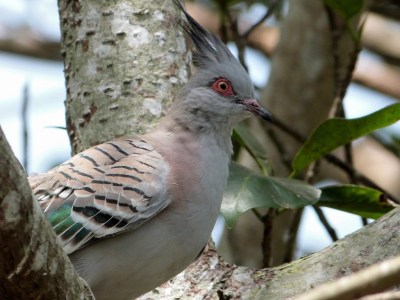

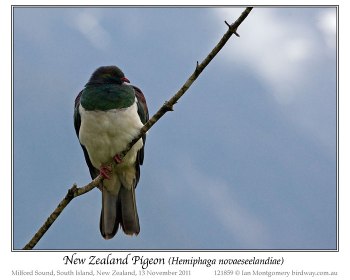
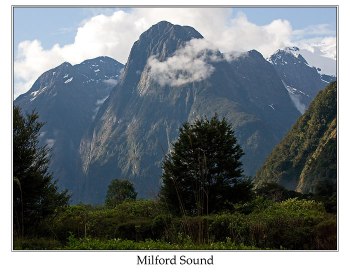
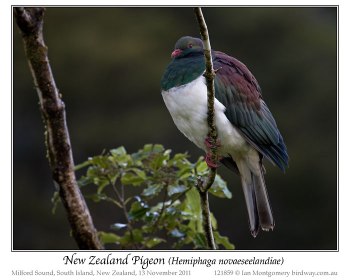
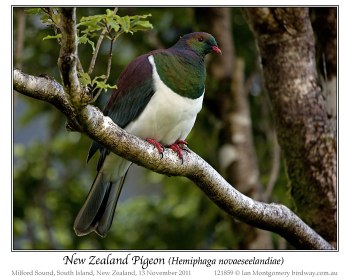





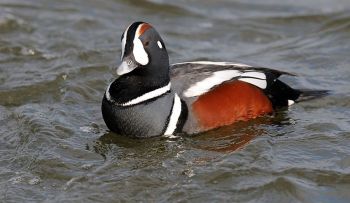

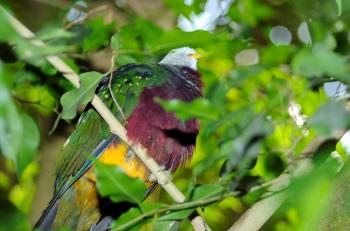






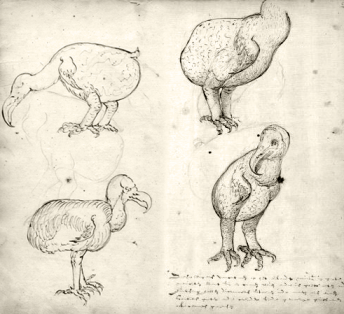
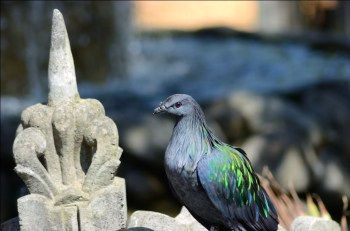

 Without the grinding of the dodo’s gizzard to weaken the thick protective wall, the seed was trapped inside its hard case. When the dodo became extinct just over 300 years ago, Calvaria major’s seeds had no way of germinating. So no new trees grew.
Without the grinding of the dodo’s gizzard to weaken the thick protective wall, the seed was trapped inside its hard case. When the dodo became extinct just over 300 years ago, Calvaria major’s seeds had no way of germinating. So no new trees grew.
